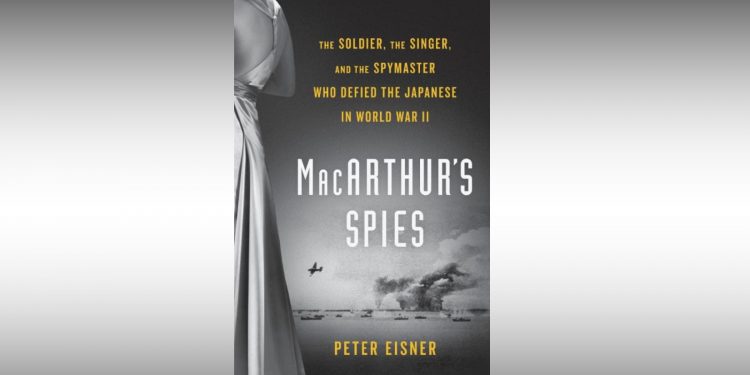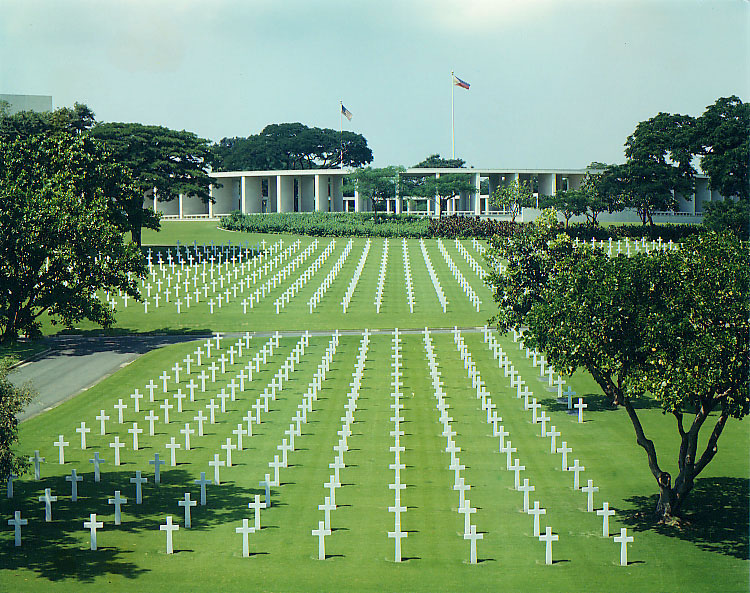Eisner’s Book Documents Deep Personal Bonds and Shared Risks Between Americans and Filipinos During World War II
WASHINGTON, D.C.- On September 29, academicians, historians, and US-Philippines Society members attended author Peter Eisner’s presentation of his most recent book, “MacArthur’s Spies: The Soldier, the Singer, and the Spymaster Who Defied the Japanese in World War II.” The book is based on real-life characters and events during the Japanese-occupation. Starting from the battles of Bataan and Corregidor, MacArthur’s Spies vividly describes an evolving network of effective American and Filipino underground activity. Eisner dispels myths and provides a facts-based interpretation of historical events drawn from the diary of the central character, Claire Phillips, and testimonials.
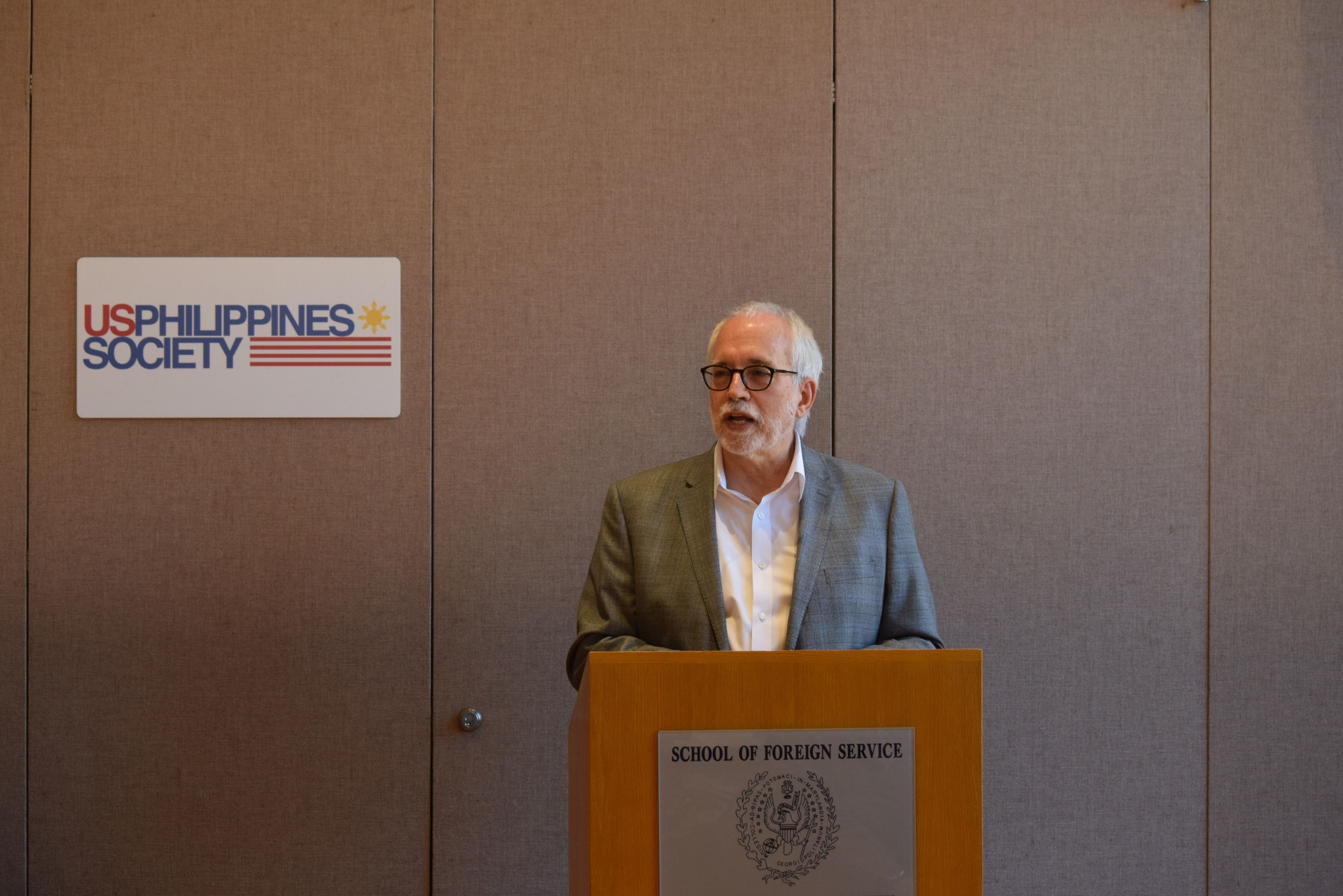
Peter Eisner, Author and Journalist
Where truth is stranger than fiction, Eisner describes Claire Phillips’ character as “trapped in the hills of Bataan, living a life more than she had imagined. The singer discarded her high heels to care for the sick.” Together with John Boone, an American soldier turned guerrilla leader and Chick Parsons, an American businessman turned reconnaissance officer, Claire Phillips relayed enemy positions to American intelligence forces. In the face of great personal risk, Filipino friends and guerrilla operatives protected her throughout much of the war. They made it possible for Claire to return to Manila to run a nightclub that became a source of information about occupation activities gleaned from Japanese officers who patronized the club.
With a strong sense of patriotism and remarkable sense of bravery, Filipinos smuggled food, medicine and supplies to American prisoners in camps in Santo Tomas and Cabanatuan, and guerrilla forces in the hills waiting for the return of General Douglas MacArthur.
In the course of his research for the book, Eisner came to understand the role of “500,000 Filipinos who died in World War II, most of them civilians; 100,000 of those deaths occurred during the one-month Battle of Manila, February 3 to March 3, 1945. I dedicate this book to them,” Eisner declared at the end of his presentation.
“Outside of the United States, the largest number of graves of U.S. military of World War II, a total of 17,206, and 36,000 missing-in-action memorialized, are found in the Manila American Cemetery and Memorial, a sobering reminder of the American-Philippine alliance,” added Eisner.
Co-sponsored by the US-Philippines Society in collaboration with Georgetown University’s MSFS Program and Asian Studies Program, the event followed the May 18 Book Presentation of “Cadet, Soldier, and Guerrilla Fighter: Remembering Bataan and Corregidor” by Filipino soldier and author Antonio Nieva, re-released this year to mark the 75th anniversary of those battles.
In recognition of the distinguished role of Filipino soldiers and guerilla forces during World War II, the U.S. Congress will issue a Congressional Gold Medal Award, at a Capitol Hill ceremony on October 25, 2017. The medal collectively honors the more than 260,000 Filipinos who fought alongside and on behalf of the United States during WWII. Fewer than 16,000 of those soldiers are alive today.
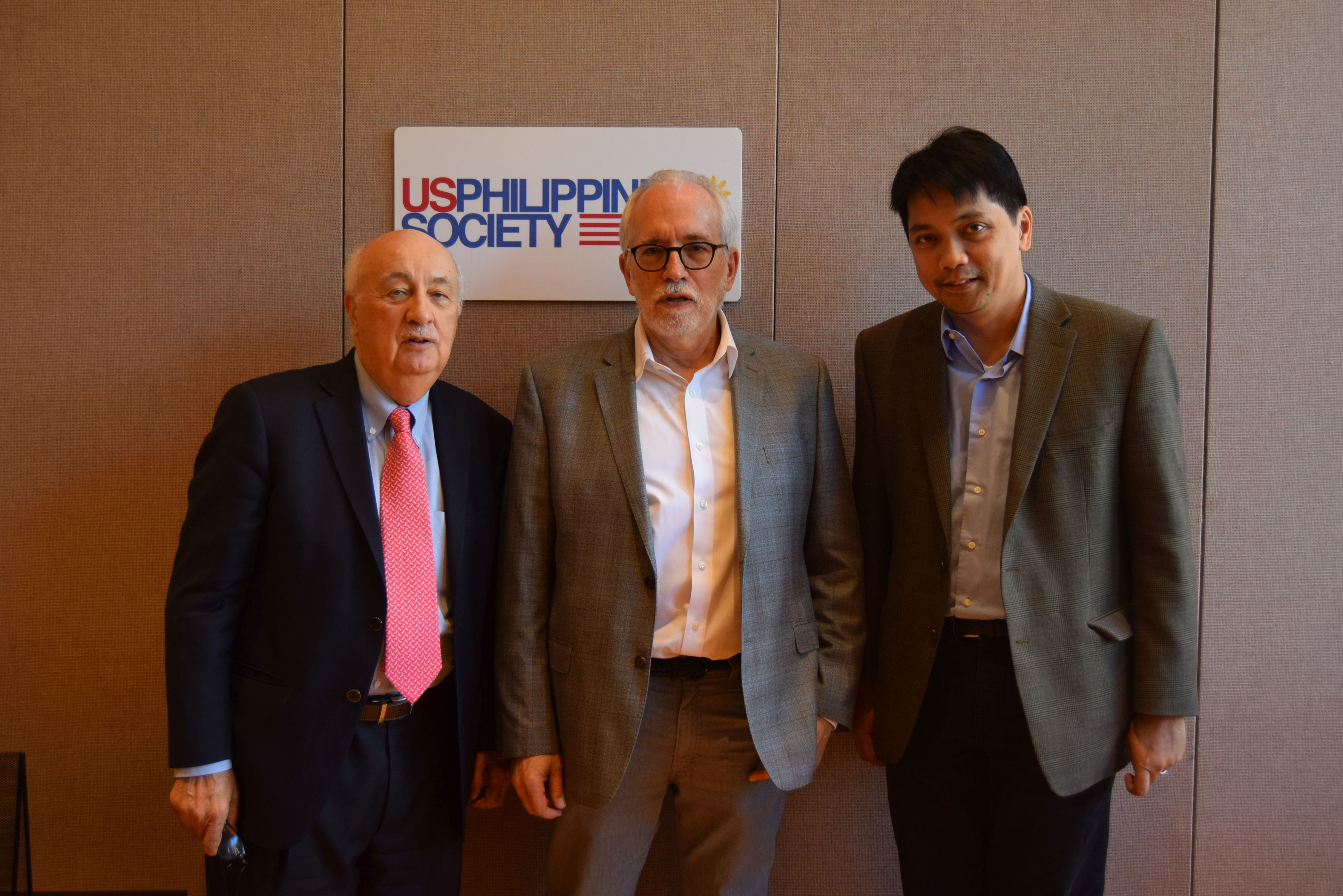
L-R: US-Philippines Society President Ambassador John F. Maisto, Peter Eisner, and MSFS Professor Erwin Tiongson
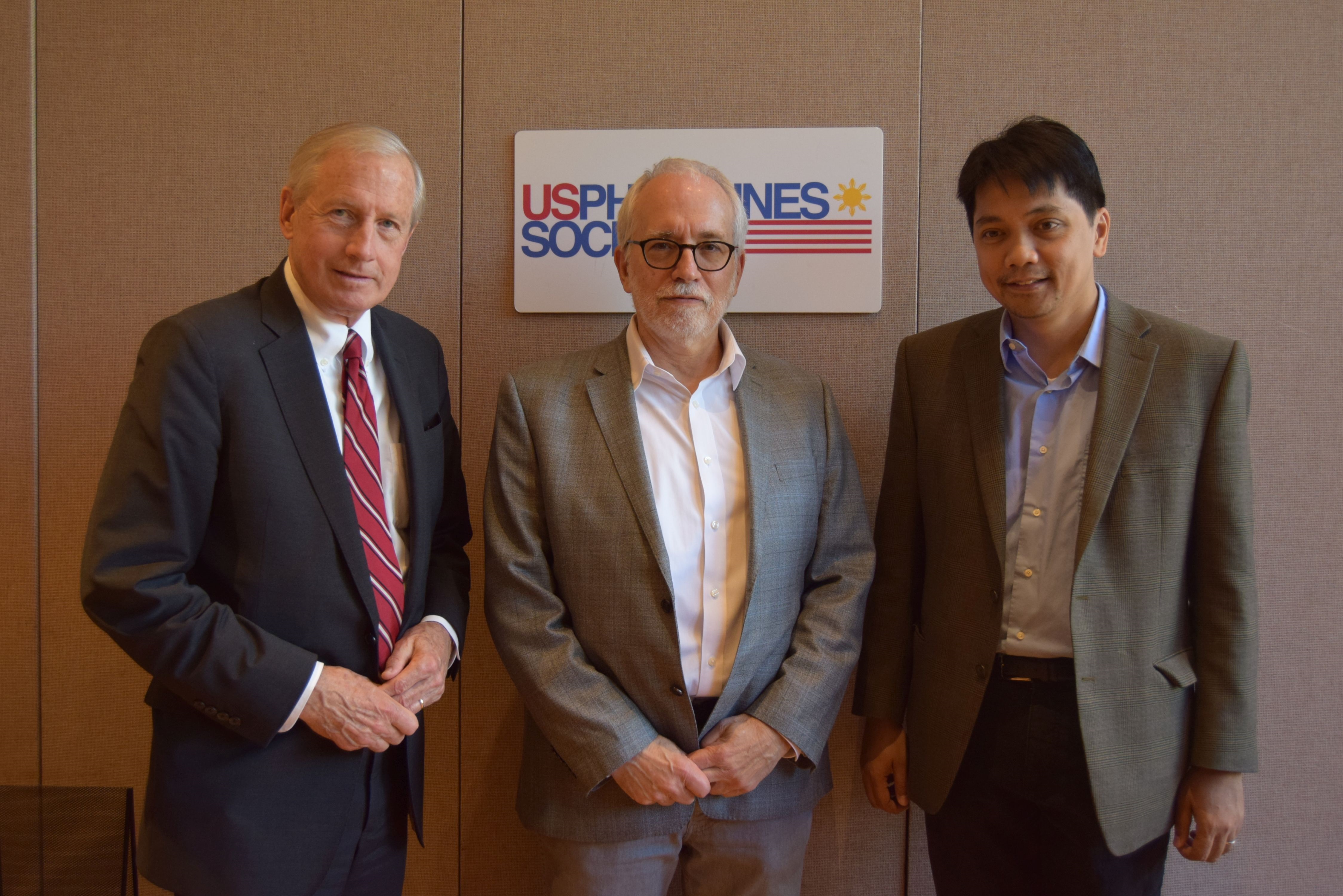
L-R: Executive Director Hank Hendrickson, Peter Eisner, Professor Erwin Tiongson

